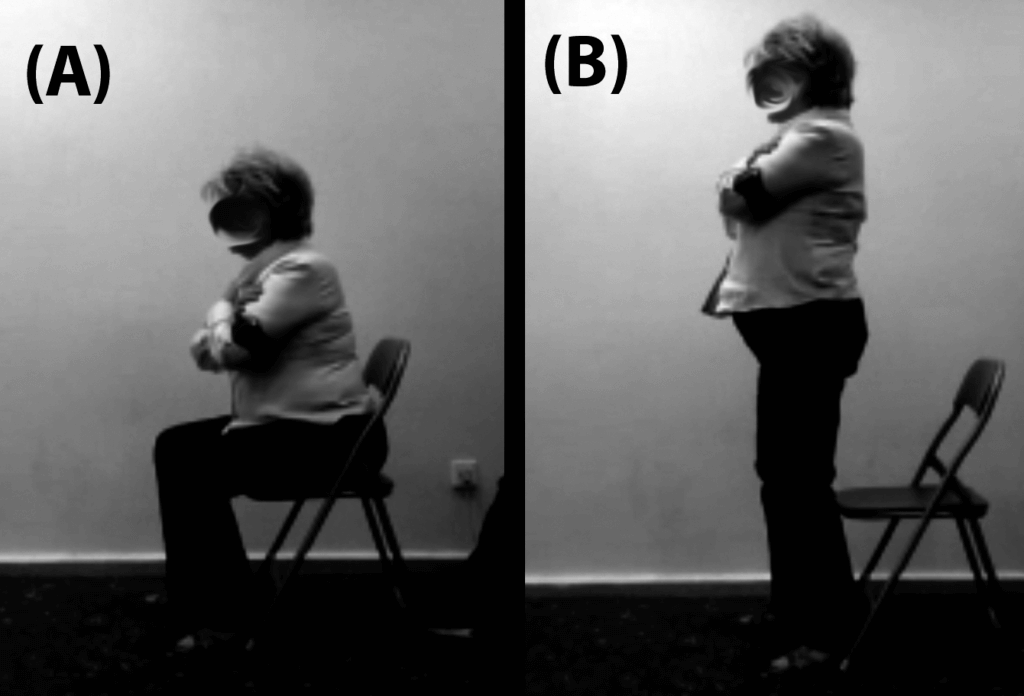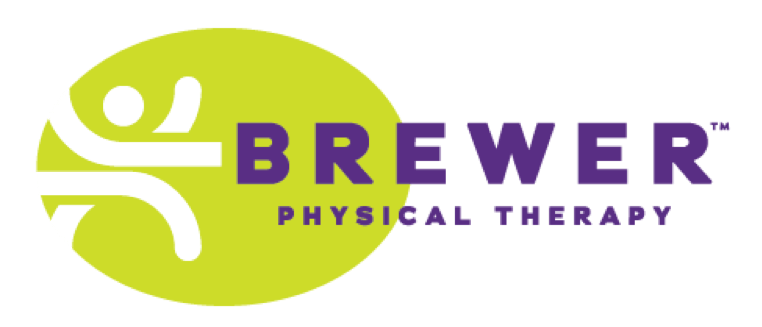As we get older and approach retirement, it’s common to talk about your fiscal health for retirement. The common worry is, will I have enough money to be comfortable? But have you considered your physical health when approaching retirement? Taking care of your body as you age means you’ll truly be able to enjoy your time away from your career, whether you’re spending more time with the grandkids at home or traveling around the world.

The National Institutes for Health notes that there are three things to pay attention to when considering your health as you get older.
Be active!
Continuing to be active as you age is the best way to reduce your risks for a variety of diseases. As the American Physical Therapy Association notes, your bones, heart, and brain want you to exercise; it strengthens your heart and bones (along with your muscles) and improves your memory. And it can help keep your weight under control (see more on that below).
There are several types of exercise that are beneficial for older adults.
- Endurance (or aerobic) exercise doesn’t have to be high impact. Walking, biking and swimming all work your heart, and the first two can be done on stationary equipment if the weather outside isn’t cooperating.
- Balance training is particularly important as it can help you avoid falls. Yoga, balance boards, and tai chi can help to improve balance. Yoga can also help to maintain your flexibility.
- Resistance training should also be part of older adults’ exercise routines. Brewer Physical Therapy reminds us that you can lose up to 1% of your muscle mass in a year if you’re not doing resistance training. Loss of muscle mass can contribute to pain from arthritis, challenges moving around and getting in and out of chairs, and a higher risk of falling.

As with endurance exercises, there are simple ways to strengthen your muscles. Use your own body weight as resistance doing push-ups, squats, lunges and planks. (Take a look at this article for simplified versions of these exercises, such as wall push-ups and squats with a chair.) You can use weight machines at the gym, or hand weights and resistance bands at home, to increase the challenges.
Stay at a healthy weight!
As we age, we often slow down and move less than when we were younger. Even if you continue to exercise, the shift in how many calories we burn, whether or not we’re eating more, can lead to weight gain, which puts added stress on your body. There are a couple of different ways to measure whether you are at a healthy weight:
- Body Mass Index (commonly called BMI). Your BMI compares your weight and height. Just keep in mind that BMI on its own is not the best way to measure the amount of body fat on your body.

- Waist size. Studies show having a lot of fat at your waist can be a predictor of heart disease or type 1 diabetes. Women with a circumference of more than 35 inches, and men with more than 40 inches, should speak to their healthcare provider about ways to trim that fat.
Eat healthy food!
Many people are burning fewer calories but eating the same quantities and types of food as they grow older. Changing your eating habits is a good way to avoid putting on weight. The MyPlate guide from the Department of Agriculture recommends focusing on the vitamins and minerals you need for your health as you age: “potassium, calcium, vitamin D, vitamin B12, minerals, and dietary fiber,” while replacing sugary drinks with water and adding sliced fruits and veggies to more meals.
If you’re unsure about how to get more potassium (bananas), calcium (yogurt) or vitamins (fortified cereals), the guide on aging from NIH recommends eating the rainbow. No, not your Lucky Charms! Think about all of the colorful foods in the produce aisle – tomatoes and bell peppers, leafy greens, oranges and grapefruits – along with whole grains, lean meats and seafood, and dairy or fortified nondairy soy products.

One more consideration: portion sizes. Again, are you burning all the calories you consume? Pay attention to the suggested servings on package labels, and try to avoid family style sharing at the table; serving up individual portions can help see how much you’re truly eating. If you go out to eat, consider eating half of what you’re served at a restaurant and taking home the rest (or share with another).
If you’re struggling with ways to create more healthy habits or unsure about how to begin a new exercise regimen, remember that physical therapists are musculoskeletal experts that have studied how to keep your body strong throughout your entire life. If you want to talk to a physical therapist about becoming more active as you approach your own retirement, use our locator below to find a Physiquality rehabilitation therapist near you.
Thank you to our contributors:

Amanda Brewer, PT, DPT, and Adam Brewer, PT, DPT, opened Physiquality member Brewer Physical Therapy together in 2007; it now has three locations in the Shreveport, LA, area. The staff at Brewer Physical Therapy are committed to comprehensive, hands-on quality care, with individualized treatment plans designed to help you regain your strength, restore function, and discover new levels of health and vitality.
Brewer PT [@BrewerPTLA]. Strength training is an important type of exercise… Twitter, February 25, 2021.
Physiquality.
- 7 fibs you’re telling yourself about not exercising. January 14, 2021.
- Obesity: What are the risks, and how can physical therapy help? June 4, 2019.
- Improving your balance. December 22, 2014.
- How exercise can help prevent disease. June 2, 2014.
How to avoid portion size pitfalls to help manage your weight. Centers for Disease Control and Prevention, January 11, 2021.
My Plate: Older adults. U.S. Department of Agriculture.
Fetters, K. Aleisha and Lisa Esposito. 12 best equipment-free strength exercises for older adults. US News & World Report, September 30, 2020.
9 things your physical therapist wants you to know about aging well. American Physical Therapy Association.
National Institute of Diabetes and Digestive and Kidney Diseases. Health tips for older adults. National Institutes of Health, October 2019.
Fitness as we age. ProActive Physical Therapy and Sports Medicine, August 12, 2019.
Chair squat image. DOI: 10.7717/peerj.4712/fig-1